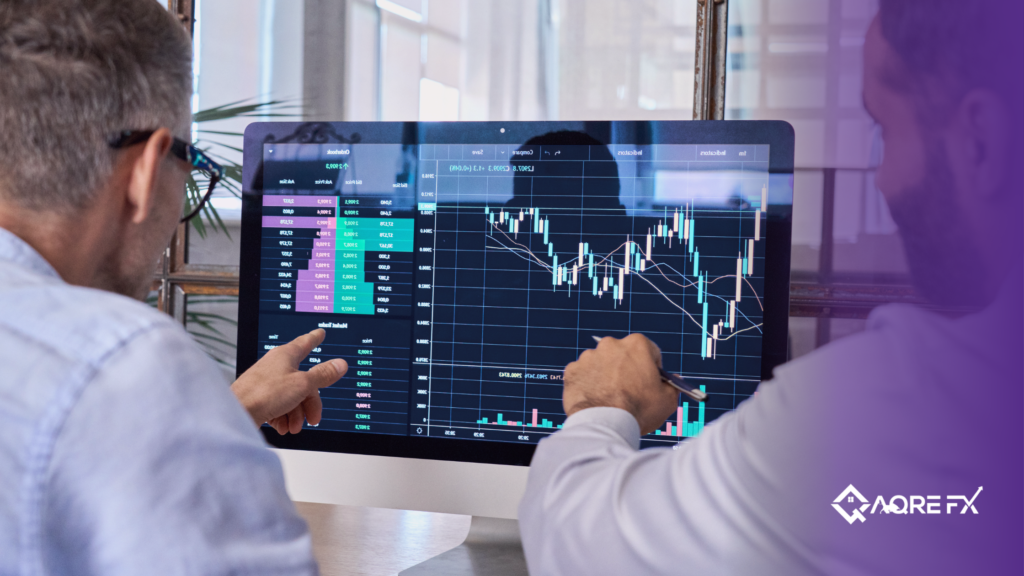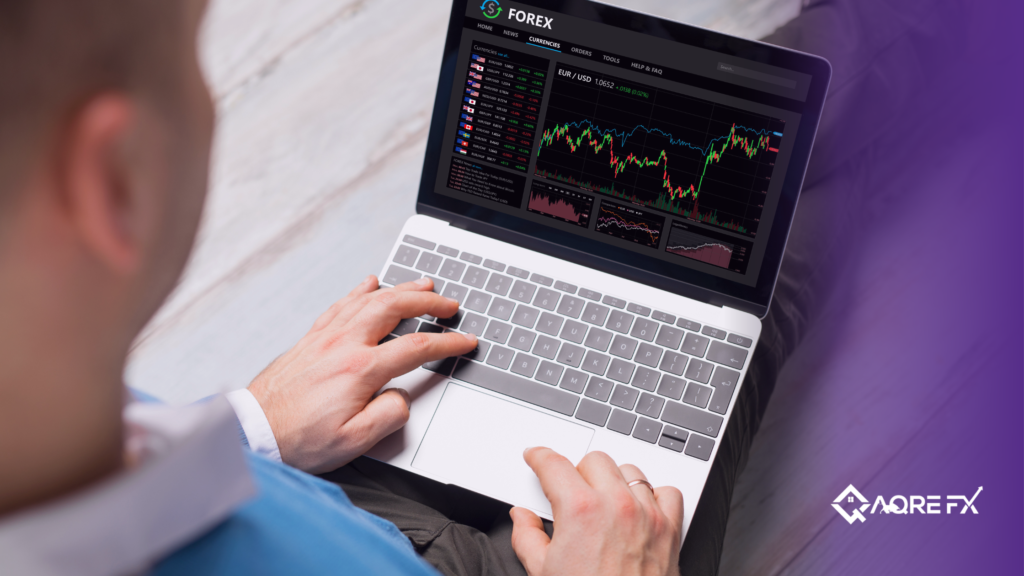Forex (FX) trading, or buying and selling currencies on the world market, is becoming increasingly popular among investors because it can make them a lot of money. But like other kinds of business, forex trading has risks that must be monitored and managed. This article highlights the significance of risk management in forex trading and provides methods to reduce risk exposure.
How to Manage Risks in Forex
To be successful in foreign exchange trading, you need to know how to manage risks and use the tools available to limit your risk of loss. Vital elements of FX risk management include:
Develop a Trading Plan
Any profitable strategy for trading on the foreign exchange market starts with the trader’s own set of rules and standards for entering and leaving positions, managing risk, and getting results. Your trading plan will help you determine your risk tolerance, how much leverage you will use, and how you will deal with your emotions while trading. When you have a plan, you’re less likely to make rash decisions based on your emotions and more likely to act per your long-term goals, regardless of how the market is performing at the time.
Determine the Appropriate Amount of Leverage
As a currency trader, you can use leverage to increase the money you can make by borrowing funds from your broker. With this tool, you can control a large amount of a currency pair with a small initial investment. If, for some reason, you only have $1,000 in your trading account but would like to buy 100,000 units of a currency pair, your broker may be willing to pay the difference. Consequently, the margin would be 1%, and the leverage ratio would be 100:1.
However, keep in mind that leverage can work both ways. Potential gains are increased, but so are losses if the transaction goes against you. The less leverage used, the better. Most of the time, you should only use 5–10% of your account balance on each transaction.
Setting Stop-Loss Orders
Stop-loss orders are an integral part of risk management in foreign currency dealing. These orders allow you to protect your leftover funds from further decline by automatically closing losing trades when they reach a predetermined level. You should individualize stop-loss orders for each transaction and the market state rather than being based on predetermined percentages or dollar amounts.
Managing Trading Psychology
Taking care of your mental game is critical to limiting your risk of loss when you trade forex. Emotions can significantly affect trading decisions, so it’s essential to keep your cool and not act impulsively. For emotional control, it’s best to stick to your trading plan and not make any changes based on temporary market fluctuations. Even more, it can help to keep a level head and a concentrated mind if you give yourself regular pauses from trading to engage in activities that allow you to relax and re-energize.
Conclusion
In conclusion, any experienced forex trader will always appreciate the value of good risk management. A well-thought-out plan for managing risk can reduce the chances of making mistakes that cost a lot and increase the chances of a good outcome. Creating a detailed trading plan, determining the right level of leverage, implementing stop-loss orders, and controlling your trading mindset are all critical parts of risk management.


